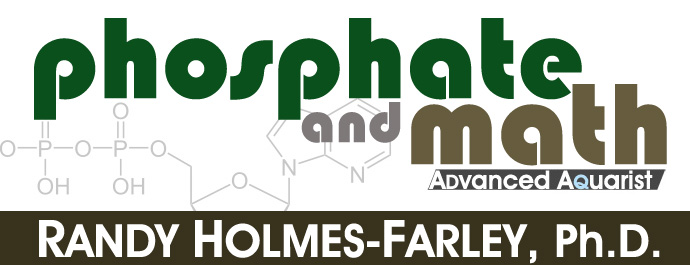Hi y'all, wondering whether it's considered "safe" to stir the surface of the sand bed to combat cyano.
Considering doing this before water changes, and otherwise doing this in conjunction with an air stone and pump, to prevent oxygenation issues. What do you think?
Considering doing this before water changes, and otherwise doing this in conjunction with an air stone and pump, to prevent oxygenation issues. What do you think?


